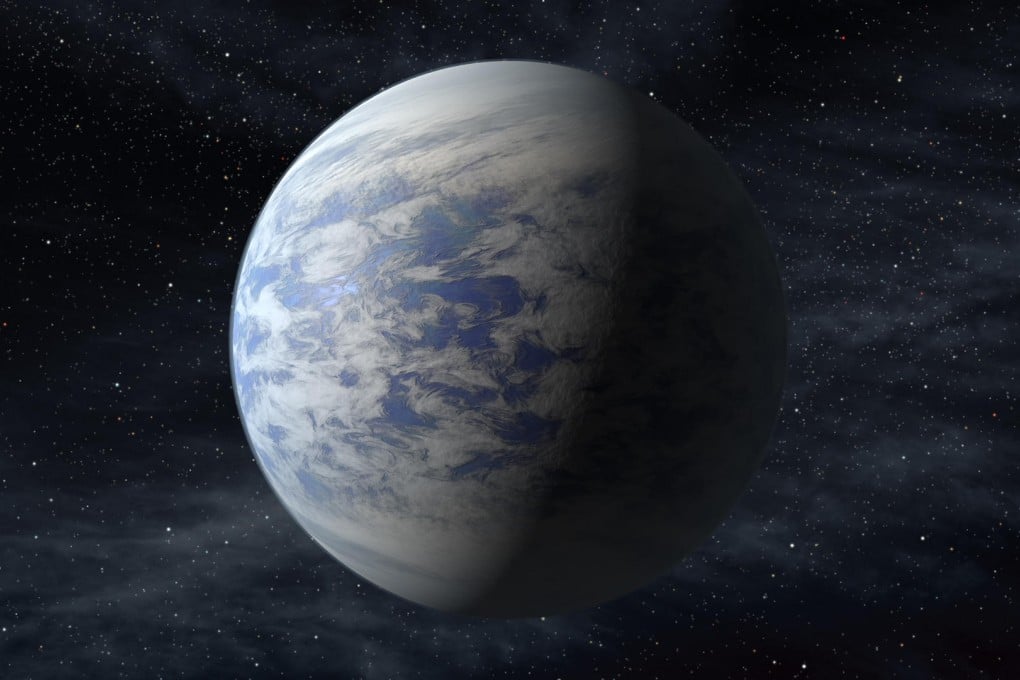Astronomers report that there could be 40b habitable earth-size planets in the galaxy
Astronomers report that there could be as many as 40 billion habitable earth-size planets in the galaxy, based on data from Kepler spacecraft

The known odds of something - or someone - living far, far away from earth has improved beyond astronomers' boldest dreams.
Astronomers reported on Monday that there could be as many as 40 billion habitable earth-size planets in the galaxy, based on new analysis of data from Nasa's Kepler spacecraft.
One out of every five sun-like stars in the galaxy has a planet the size of earth circling it in the "Goldilocks zone" - not too hot, not too cold - where surface temperatures should be compatible with liquid water. This is according to a herculean three-year calculation based on data from the Kepler spacecraft by Erik Petigura, a graduate student at the University of California, Berkeley.
Petigura's analysis represents a major step towards the main goal of the Kepler mission, which was to measure what fraction of sun-like stars in the galaxy have earth-size planets. It is an important factor in the equation used to estimate the number of intelligent civilisations in the universe. Petigura's paper, published on Monday in the journal , puts another smiley face on a cosmos that has become increasingly friendly and fecund-looking over the last 20 years.
"It seems that the universe produces plentiful real estate for life that somehow resembles life on earth," Petigura said.
Over the last two decades, astronomers have logged more than 1,000 planets around other stars, so-called exoplanets, and Kepler, in its four years of life before being derailed by a mechanical pointing malfunction last winter, has compiled a list of some 3,500 more candidates. The new result could steer plans in the next few years and decades to find a twin of the earth - earth 2.0 in the argot - that is close enough to here to study.
The nearest such planet might be only 12 light-years away. "Such a star would be visible to the naked eye," Petigura said.
